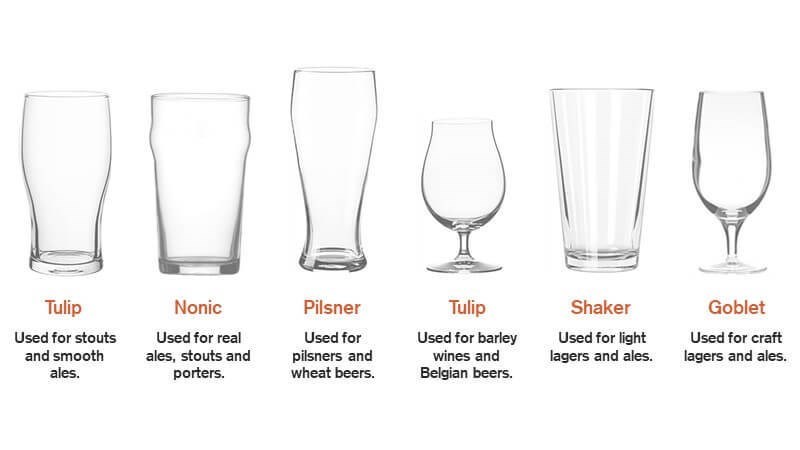
Draught beer and premium lagers continue to prove themselves among the big category winners.
According to CGA data, beer is the number one category on-trade customers are opting for when out in the trade, with draught taking 94.1% of all beer volumes.
World lagers, stout and no and low alcohol beers are the most popular serves in the category, with the trend towards premiumisation continuing as customers seek quality in their sips. It’s crucial to make sure you have the right combination of beers on tap for your customer base and serving the perfect pint every time will always mean more money in the till. Here are our top tips for making sure every customer has a great experience with draught beer.
Keeping it clean
One of the critical elements? Regular line cleaning. Cleaning lines is pretty straightforward and typically takes around 2 hours a week but skipping this step will negatively affect the taste of your beers. After line cleaning you should always check that the beer coming through tastes as it should.
There’s a term you’ve probably heard when it comes to glassware, beer-clean. This refers to a glass that is not just clean, but clean enough for beer. A really good beer glass needs to be free of any residual detergent, soap or grease as these residues degrade the beer foam. The foam is a fundamental part of the draught beer experience, both visually and in its effect on taste and aromas. The foam created by pouring a beer acts as a net for many of the volatiles in a beer. Volatiles are compounds that evaporate from beer to create its aromas, carried by its bubbles, such as hop oils, all kinds of yeast fermentation by-products like alcohol, fusels and fruity esters, spices, or other additions.
The right glass for the right beer
Serving good quality beer in a branded beer glass is proven to enhance the consumer drinking experience. As soon as the beer hits the glass, visual receptors tune in, and anticipation is tweaked. In other words, a great looking beer will tell the customer to get ready for something delicious, making it much more likely that they’ll love what they taste.
Hidden nuances become more pronounced, colours shimmer and the enjoyment of the beer becomes merely a better, more complete experience. Customer insights show that they believe that drink served in branded glassware is a sign of a quality beer, with the shape of the glassware enhancing the beer.


Beyond the impact of great branding, studies have shown that the shape of glassware will impact the beer bubbles, foam head development and retention of both. A glass that promotes a healthy beer foam helps enhance the volatile flavour components that will bring out the best in every draught beer.
How to pour a pint of beer
Now for the big one: how to pour a drool-worthy pint every time. The bar world is filled with experts who will assure you they’ve got the magic touch when it comes to pulling pints, but everyone who’s ever worked a busy shift in a packed bar will tell you it’s not as easy as it looks. There are a couple of principles to keep in mind to help get it right with every order.
Before you start pouring, make sure the pint glass is held at a 45-degree angle and not touching the faucet. Quickly open the tap and allow the glass to fill down the inside of the glass. Gradually tilt the glass back upright from the angle, so you finish pouring the beer directly into the centre of the pint glass. This allows the head to build. Ensure the faucet is always above the surface of the beer and not in the beer or foam.
Pouring a pint in 5 steps
- Hold the glass at 45 degrees
- Do not let the glass touch the faucet
- Gradually bring the glass upright as it fills
- Allow a foam head to form, moving the glass up and down may help
- Never dip the faucet into the beer
Finally, make sure it's retailing at the right price. Ensure that your pricing model for beer offers value on every rung of the ladder. Your entry point should reflect the local area, the type of outlet and your customers. Above this, you should offer a mid-range of beers at a slightly higher price that can be easily traded up to from your entry-level offer. Finally, add a top rung tier for your range such as ultra premium, or speciality beers for customers looking for a touch of luxury. Avoid doubling up on any style at a given quality level to promote trading up.
Pouring a great beer starts with ensuring glassware and beer lines are clean. Customers are more willing to spend money on a good pint than ever, so getting the service right not only provides an excellent customer experience but makes you money. Save money on wasted beer by perfecting the art of the perfect pour and remember, a good head ensures the beer retains its aromas showcases the beer in the be possible light.

